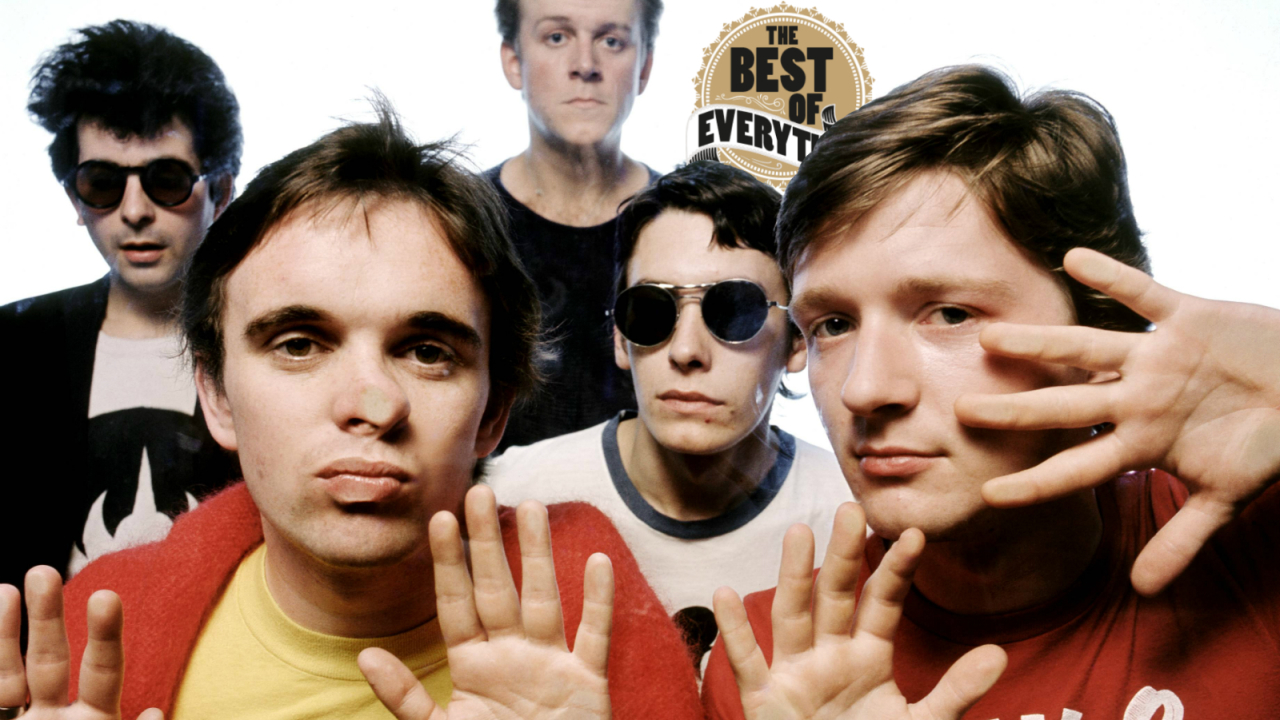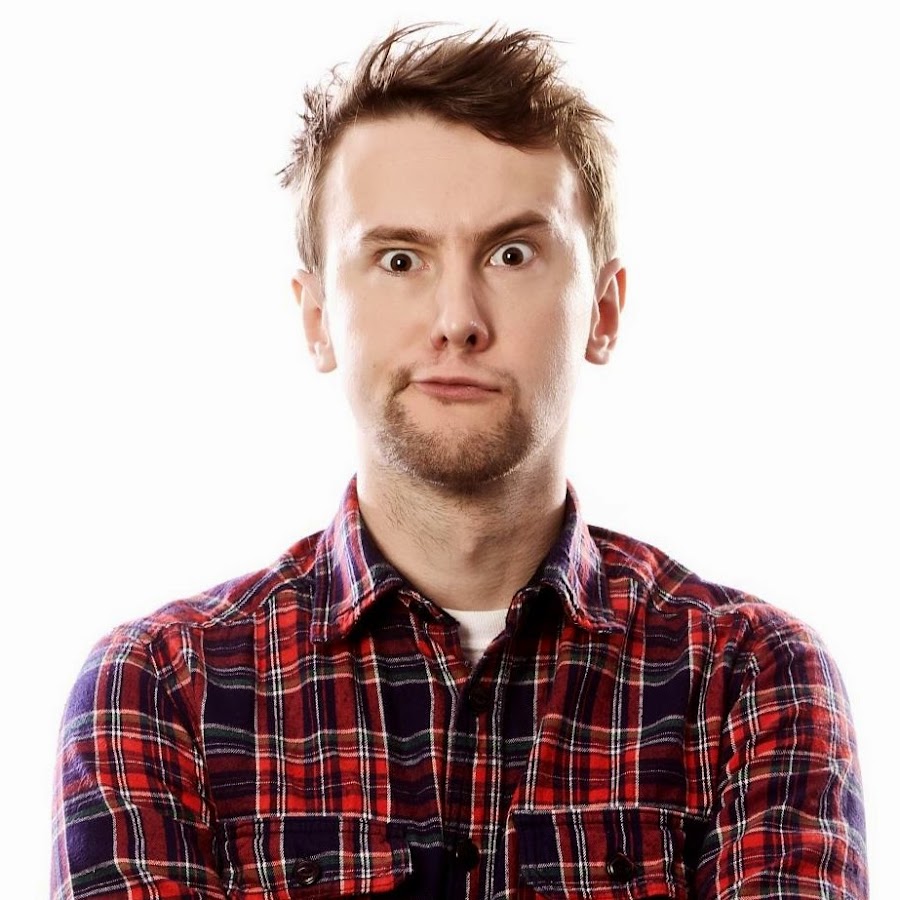Squeeze formed in south London in 1973, after Glenn Tilbrook responded to an ad Chris Difford had placed in his local newsagent’s window.
Since then, the band – who’ve split and reunited several times over the last four decades – have released 13 studio albums and have enjoyed a string of hits, including Cool For Cats, Tempted, Another Nail For My Heart and Up The Junction.
The band will release their 14th studio album, Cradle To The Grave in October. So here, in no particular order, Chris selects his 10 favourite videos by the band.
UP THE JUNCTION (Cool For Cats, 1979)
“This video was shot in a kitchen, but it wasn’t just any old kitchen. It’s a very special kitchen – the one inside John Lennon’s old house, in a place called Tittenhurst Park. We shot the video in about an hour. It was an after thought from the guy who was producing the Cool for Cats video to just go ahead and do another one that day, seeing as how we were there anyway. That’s why it looks so casual. We did two in a day, and you’ll notice that girls in the Up the Junction video are the same ones as in the Cool for Cats video. The director Derek Burbridge brought them in, and of course we tried to chat them up but we didn’t have a chance in hell. Jools [Holland] looks particularly cool in that video though. He still does, to be honest. He’s a dapper dresser.”
ANOTHER NAIL IN MY HEART (Argybargy, 1980)
“We shot this video in Battersea in London, and it’s quite interesting the significance, in retrospect, of Jools pushing the piano into the studio because it was very soon afterwards that he left the band. So there’s a lot of symbolism for me in him pushing that piano around. And the video was very much from the pop era. The guy that produced it went on to do Duran Duran and all sorts of other people. I guess you could say we were into the Elvis Costello Get Happy!! sound as well, which was a record around at that time. I can’t speak for the song musically, but it’s possible that that had an influence on the way it came out. And it’s got one of Glenn’s genius guitar solos on it. They’re all genius really, but that one in particular is great. There’s not many songs that don’t have a second verse, and have a guitar solo instead. That’s quite an amazing thing.”
HOURGLASS (Babylon and On, 1987)
“This was shot in a studio in London Bridge, and the set was mostly devised by Jools and Adrian Edmondson. They were good friends, and they hatched most of the plot together. Jools has got a keen eye for the absurd. It was a two-day shoot, and in those days a two-day shoot usually meant that you were spending lots of money, which indeed we did. I can’t remember exactly how much it cost, but I imagine it would’ve been around £100,000, which is obviously totally unheard of these days. We did a video last week for 250 quid. Things have certainly changed.”
BLACK COFFEE IN BED (Sweets from a Stranger, 1982)
“This was filmed in a studio in southwest London, and the director went on to do Michael Jackson’s videos. I think he was kind of rehearsing with us. I was gobsmacked by the set when I first saw it, and the amount of make-up we had on made us look like Madame Tussauds models. I always thought that videos were just a commercial way of selling your song, really. I didn’t take the narrative or stories into consideration. But this one certainly looked lavish.”
LOVE’S CRASHING WAVES (Difford & Tilbrook, 1984)
“This was filmed in Brighton, and Adele now owns the house that we shot in. So we actually shot a video in Adele’s house, although she obviously didn’t know about it at the time. I don’t know if she knows now either, as I haven’t spoken to her about it. It was a very wet and miserable day, and Glenn and I weren’t communicating very well at that time. I don’t think we said two words to each other during the whole shoot. It was a very arty shoot, and in many ways it’s a tragic video and my memories of that time are quite sad. I think musically we were joined at the hip, but emotionally we couldn’t have been further apart. But at that time when we were in the breast of the music industry and shooting videos was what you did, so that’s what we did.”
SOME FANTASTIC PLACE (Some Fantastic Place, 1993)
“This was drawn from a small castle in Kent. It was a very beautiful setting, and a very beautiful song, too. It was also a very emotional day, and one of the most warm and tender videos I think we ever made. It was a lovely, really red-hot day. We played to a backing track and mimed the song, as we did with most of them, and we ended up listening to the song about 40 or 50 times that day.”
IS THAT LOVE (East Side Story, 1981)
“The artistic direction for this one was led by our good friends Barney Bubbles and Chalkie Davies, who were two very creative and wonderful people. Sadly Barney is no longer with us, but his work was integral to the album sleeves of Elvis Costello, and Squeeze at that time. He put us in a studio with some mops and filmed this very low-fi video using an early video camera.”
LAST TIME FOREVER (Cosi Fan Tutti Frutti, 1985)
“We shot this down in Camber Sands on the coast, and it was directed by Geoff Wonfor who’s most notable for working with Jools on The Tube. He was a really fun person to work with, and I’ve got very fond memories of working with Geoff. We didn’t have to walk around slowly for it thankfully. We walked around in real time and they slowed it down in the edit. There was some direction given to us, but we were like a herd of sheep. Squeeze was never going to be a band standing on the front of a yacht looking into the distance. We’re not that type of band.”
ELECTRIC TRAINS (Ridiculous, 1995)
“This was a swelteringly hot day in north London, and we had great fun getting dressed up. One of the most amazing things about that day was meeting the Cocteau Twins, who were in the next studio shooting their own music video. I’m a massive fan of theirs, and I got to hang out with them, which was a lovely thing. They’re a great band.”
COOL FOR CATS (Cool For Cats, 1979)
“For this video, I was excited to a) be on TV at that point in my career and sniff what fame was like, and b) to be in John Lennon’s house, which was obviously an incredible experience. The shoot was done very quickly during the day, and we obviously did two shoots, with the Up the Junction video as well. One was fun, and the other was even more fun. We wore different hats and downed pints of beer, and there was all sorts of things going on in the background. In those days videos were a promotional tool that you could send all around the world, to America and places like that, so that people everywhere could see you. It was particularly useful when MTV broke, and we went from playing small pubs to doing Madison Square Garden pretty quickly because MTV helped take us through the roof. To think that a major TV company now would devote five minutes of airtime to an artist is unheard of.”

